One Man’s Life Ontop a Pillar and Other Hermits Throughout History
Ever wondered what it would be like to live a life of complete solitude? Meet the hermits. They’ve disconnected themselves from the grid, economy, and most of humanity, and they love it that way. Some famous hermits choose this lifestyle as a way to escape from work, war, or oppressive governments.
Others, like the anchorites of medieval times, choose to be hermits for religious contemplation. While some hermits welcome visitors, most prefer to be left alone to live their lives in a deliberate, solitary way, free from bosses, families, and governments. So, let’s take a stroll down memory lane and discover some of history’s most famous hermits.
Maxime Qavtaradze
Maxime Qavtaradze is a Georgian monk who’s currently living at the top of the Katskhi Pillar. This 130-foot tall limestone rock was once home to Christian ascetics known as stylites but was abandoned after the Ottoman Empire invaded in the 15th century. Maxime began his new life on the pillar in 1993 and only comes down once or twice a week.

Source: Wikimedia Commons
He’s quite the survivor, too – when he first moved to the top, he slept inside a refrigerator to protect himself from the elements. Now, he lives in a small cottage that was built for him by some locals. It takes him about 20 minutes to climb down a ladder to the small religious community at the base of the pillar. And when he’s too old to climb down? He said he plans to die in his cozy little cottage.
Celestine V
Pope Celestine V, also known as Pietro del Morrone, was a hermit who was forced into the papacy at the ripe age of 84 in 1292. However, his tenure as pope was short-lived as he quit after just five months.
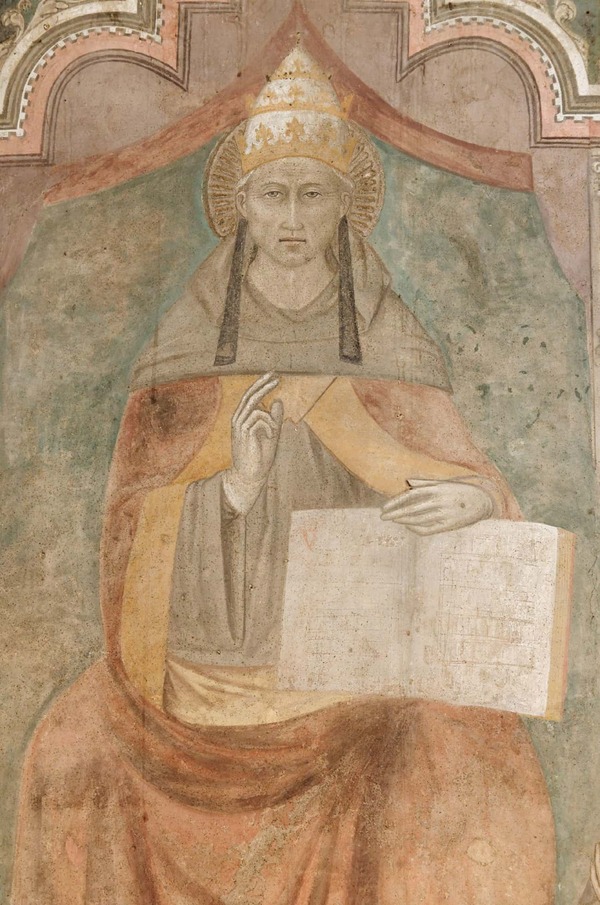
Source: Celestine V
Before becoming Pope, Pietro lived a simple life, sleeping in a cave and practicing self-discipline by wearing horsehair shirts and an iron girdle. After his failed term, he wanted to return to his peaceful hermit life but was instead thrown in jail by his successor out of fear of him becoming a rival. Sadly, he passed away ten months later.
Masafumi Nagasaki
Masafumi Nagasaki, a former photographer, retired on a remote Japanese island known as Sotobanari. He chose to live a life of nudity as he felt it was the right thing to do. However, he makes an exception for his weekly trips to the nearest settlement, an hour away by boat, to get essentials like food and water.
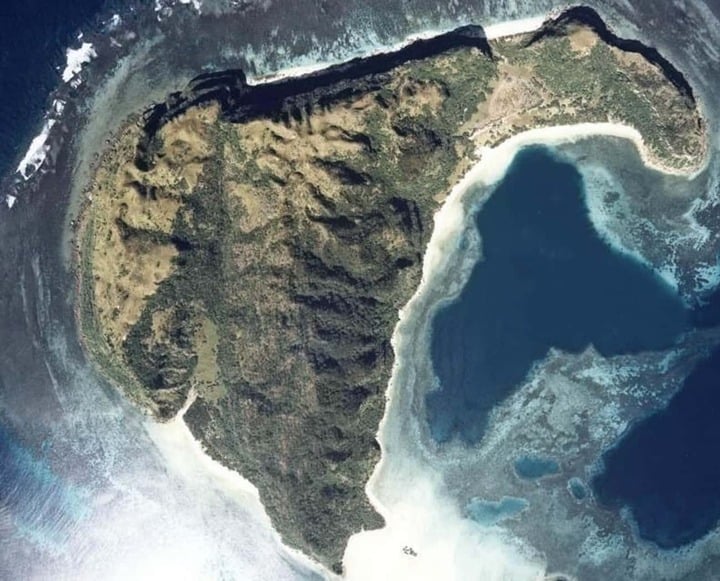
Source: Okapia2/Wikimedia Commons
Nagasaki believes in the importance of finding a good place to die, and that became his main motivation for choosing to live the way he does. He may not have the healthiest lifestyle (he mostly eats rice cakes), but at least he’s found peace on the island.
Willard MacDonald
Willard Kitchener MacDonald was a man who decided to make a bold move during World War II. At the age of 28, he was conscripted but instead of going to war, he jumped from a troop train and managed to escape. He went on to live in a one-room shack near Gully Lake for 60 years.

Source: The Hermit of Gully Lake/Facebook
He relied on hunting and fishing to survive, but soon the residents of a nearby town discovered him and helped him with food and supplies. Late in life, he became the first Canadian to receive a pension without signing for it. He passed away in 2003 at the age of 87 due to hypothermia.
Valerio Ricetti
Valerio Ricetti was an Italian stonemason who moved to Australia in 1914 to escape an impending war. He worked in the mines and later lost all his money in a brothel. He eventually found his “Garden of Eden” in a cave near the town of Griffith, where he constructed a fireplace, sleeping nook, stairways, gardens, and even a little “chapel.”
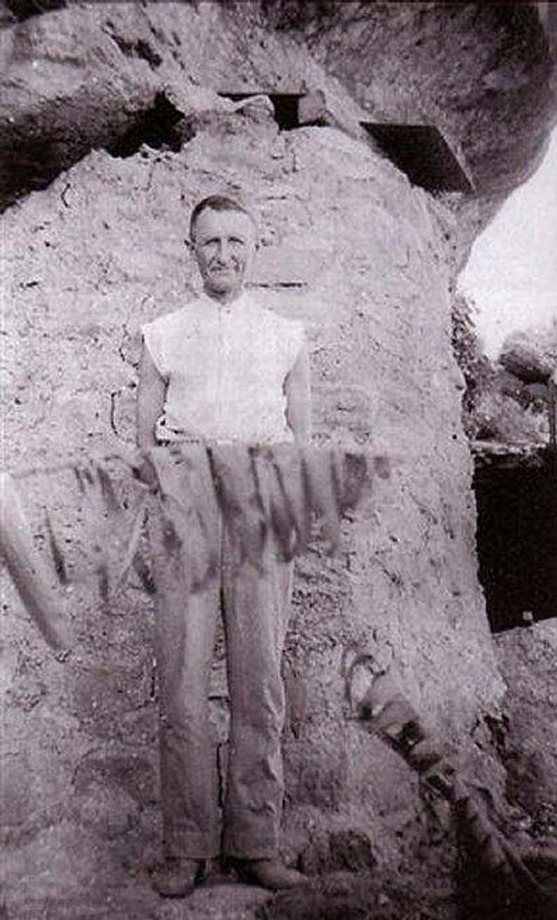
Source: Virtual Steve/Wikimedia Commons
He lived there for 23 years before being placed in an internment camp during WWII. After his release, he was treated in a mental institution and later passed away in Italy at the age of 53.
Manfred Gnädinger
Manfred Gnädinger, a German man, moved to Spain in 1962 and quickly made a name for himself as a hermit and artist. He built a sculpture garden out of found materials and charged visitors $1 to see it. Gnädinger was known for his reclusive behavior and austere appearance, often wearing nothing but a loincloth.

Source: Blorgina/Wikimedia Commons
Tragically, Gnädinger passed away just months after an oil spill coated his beloved sculptures. He had requested that the oil-covered sculptures be left untouched as a reminder of the disaster. Some locals believe that the shock of the spill “broke” Gnädinger and led to his untimely death at the age of 66.
Despina Achladioti
Despina Achladioti, also known as the “Lady of Ro,” was a Greek patriot who moved to a deserted island shaped like the Greek letter Ro with her husband and mother just before World War II. After her loved ones passed away, she bravely faced the war alone, surviving with just a few goats, chickens, and a vegetable garden.

Source: AJEL/Pixabay
But the real kicker? She raised the Greek flag every single day during the war, solidifying her as a true example of Greek pride and determination. Despite the hardships she faced, the Lady of Ro never wavered in her patriotism. Her daily flag-raising ceremony became a symbol of hope for her fellow Greeks during a difficult time.
Noah John Rondeau
Noah John Rondeau, who called himself the “mayor of Cold River City, population 1”, was a hunter and trapper who lived alone in the woods near Cold River, NY. In 1914, he began living part of the year on a bluff above the river in a small 8-foot-by-12-foot cabin, and by 1929, he was living there year-round.
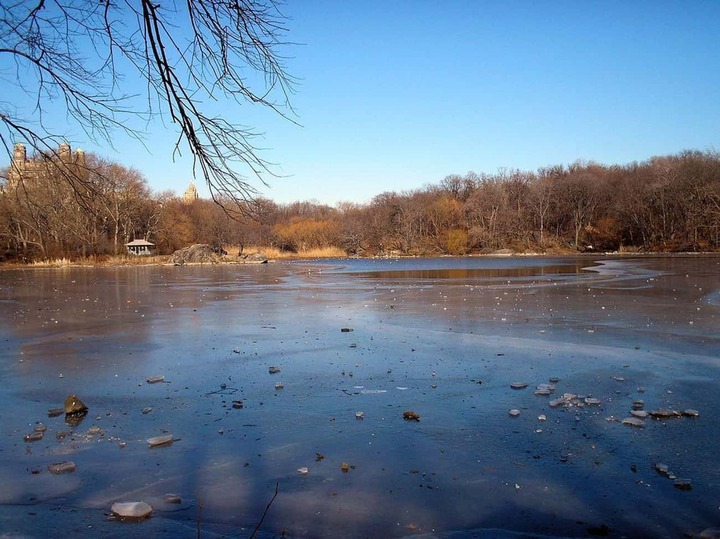
Source: madiko83/Flickr
He kept journals in an unusual letter-substitution cipher and wrote to a local newspaper that he had “dodged the American labor failure” and lived as a hermit to avoid working for low wages for long hours. Unfortunately, a Hurricane forced him from his home and hermit lifestyle in 1950.
Tom Leppard
Tom Leppard, an Englishman, spent 30 years in the military before deciding to cover his body in leopard-spot tattoos in the mid-1980s. He then moved to a hut on the Isle of Skye, Scotland to live alone.
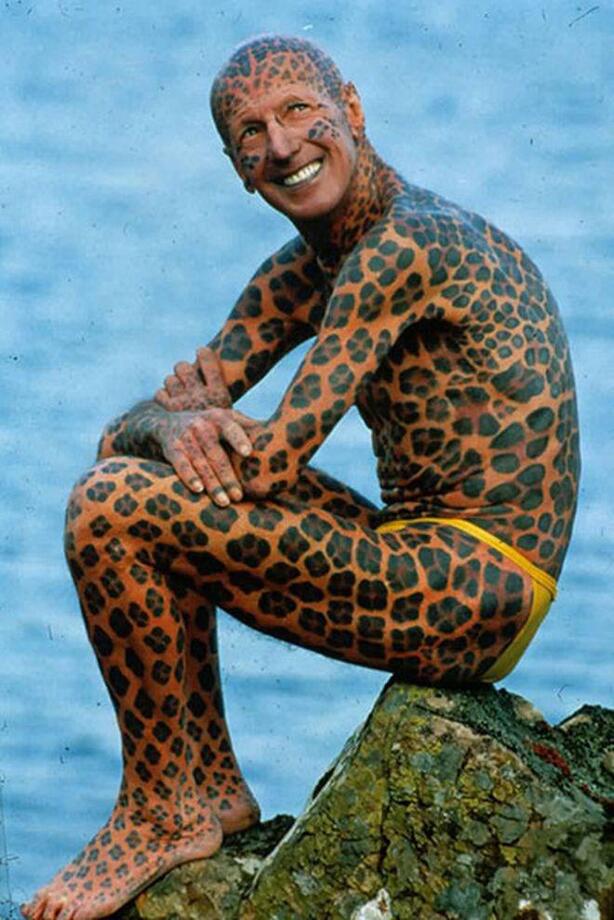
Source: Wild & Wonderful Things/Facebook
For 20 years, Leppard traveled by kayak every week to the mainland for supplies and to pick up his pension check. He lived in a hut with no electricity or windows and it was so small that he couldn’t stand up in it. He eventually left when he got too old to pilot the kayak effectively and lived his remaining years in a care home.
Emma Orbach
Emma Orbach, an Oxford University graduate with a degree in Chinese, has been living in a 13-foot diameter round mud hut in western Wales since 2000. It might sound primitive, but that’s exactly how she likes it. She’s chosen to live without electricity or running water and even used horse manure to help make the walls of her home.

Source: Barcroft TV/YouTube
Emma’s not alone in her mud hut, however. She has a small menagerie of chickens, goats, horses, and cats to keep her company. Emma chose to live this way to reduce her environmental impact, and she couldn’t be happier with her decision.
David Glasheen
David Glasheen, an Australian born in 1945, had a rough go of it in the 1980s when he lost millions in a stock market crash. But, he found solace in an unlikely place: a tiny island off the coast of Australia. He moved to Restoration Island in 1993 and has been living there ever since, turning a World War II-era outpost into his cozy home.
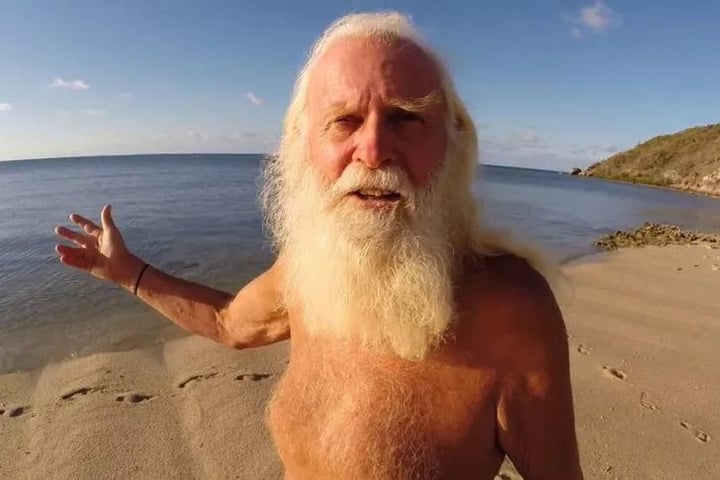
Source: YouTube
But don’t be fooled by the hermit label – Glasheen has all the modern amenities a person could want. He’s got solar power and internet, and even brews his own beer which he trades for fish. He only makes trips to the mainland a few times a year to stock up on supplies, but otherwise, he’s perfectly content living off the land, growing his own vegetables, and catching fresh crabs.
Brendon Grimshaw
In the early 1960s, an Englishman named Brendan Grimshaw decided to make a change in his life. He purchased Moyenne Island off the north coast of Seychelles for a steal at just over $10,000.
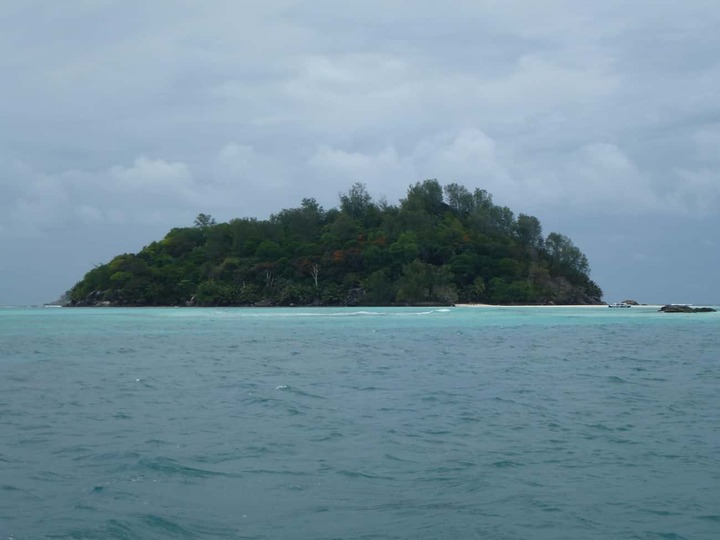
Source: Jean-Francis Martin/Wikimedia Commons
Fast forward to 1973, Grimshaw moved to Moyenne Island full-time and thrived. He and a local planted thousands of trees and took care of 120 giant tortoises on the island. His hard work paid off and his home was officially declared a national park in 2008.
Agafia Lykova
Agafia Lykova has lived her entire life in the Siberian taiga. She’s a true survivor, having learned to live in complete isolation after her father passed away in 1988. Despite the harsh winters and the fact that her entire family is no longer with her, Agafia soldiers on.

Source: YouTube
She may be a self-sufficient hermit, but she’s not without her quirks. She keeps chickens and goats for company and sustenance and lives off of wild animals and potatoes. And let’s not forget the time in 1961 when the winter was so brutal, her family had to resort to eating their leather shoes to survive. Talk about determination!
Richard Proenneke
Richard Proenneke was a man who took the term “getting away from it all” to a whole new level. For 30 years, he lived alone in a cabin he built himself in Twin Lakes, Alaska. But don’t let the “hermit” label fool you – Proenneke was known to be an extremely hospitable and gracious craftsman. His friends compared him to none other than Henry David Thoreau.

Source: swererbob/YouTube
After serving in the Navy during WWII, Proenneke decided to settle down in his cabin and live a life of solitude. But he wasn’t lonely – he was in his element. To document his adventures, Proenneke kept a daily journal which was later turned into a bestselling book. Sounds like the ultimate dream life, doesn’t it?
Julian of Norwich
Julian of Norwich was an anchoress, theologian, mystic, and spiritual advisor from medieval England. Not much is known about her early life, but some scholars believe she isolated herself from the plague and built a small cell, sealing herself in with a servant named Alice.
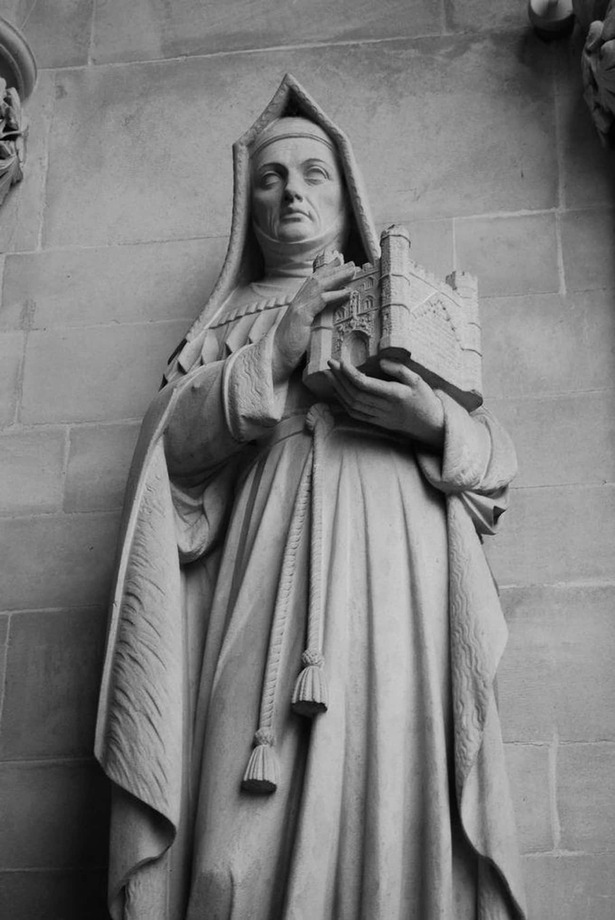
Source: StJulianofNorwich/Flickr
The cell had a tiny window through which food trays could be passed, but unlike some anchoresses, Julian regularly received visitors seeking spiritual advice, including Margery Kempe, a famous medieval English writer. After a near-death experience, Julian had a series of religious visions that she later wrote down, creating possibly the first book written by a woman in English.
Christopher Knight
Christopher Knight, known as the North Pond Hermit, walked out of his Massachusetts home at 20 years old and disappeared into the woods of Maine. He spent the next 27 years in silence, committing nearly 1,000 burglaries of homes in the area. Despite living in the woods for so long, residents claimed they didn’t know exactly who he was or how he managed to evade capture.

Source: mainely_aholes/Instagram
Knight was particularly known for stealing reading material. When he was finally caught in 2013, authorities discovered hundreds of books and a shanty built out of National Geographic magazines among his stolen goods. He was arrested and spent time in jail for multiple counts of theft. Knight ultimately paid thousands of dollars in restitution during a three-year probation.
